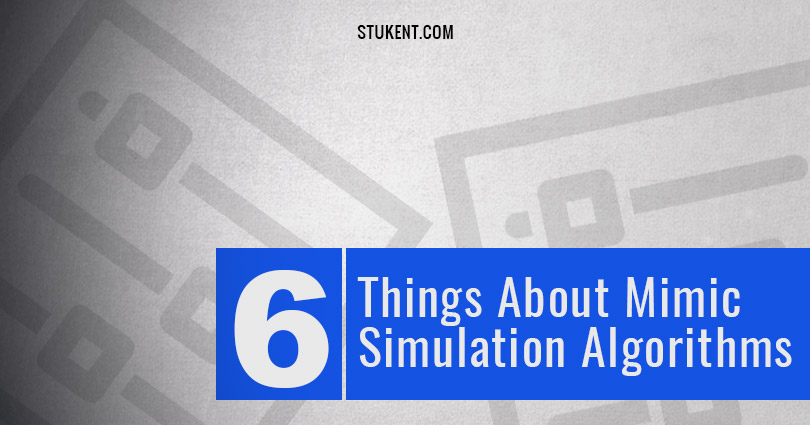Our simulation algorithms in their entirety are proprietary and you can understand why we can’t share them in full.
I will share as much as I can here:
- Our simulations use real data (publicly available) from sites like Google, Bing, Linkedin, and Facebook (just to name a few).
- We have taken that data around the topic of cameras and businesses that use platforms like those listed above to sell cameras online. The students get to use that data to make decisions.
- The students create ad and social media marketing campaigns and write content using the exact same criteria and format that the above-listed platforms use.
- We use a formula that weights the values of campaign organization, keywords, keyword bids, ad quality, landing page quality, content marketing quality, proper mix of content, etc. to determine ad rank, click through rates, likes, shares, conversions, open rates of emails, etc.
- Things like onsite SEO ranking factors are given weights and the content is measured for quality.
- We use industry averages to determine low and high-end performance potential for each student’s campaigns.
The factors listed above, among several others I better not share (secret sauce stuff), are what drive the calculations in our simulations.
What we simulate does not EXACTLY replicate true human interaction with a business online, but it is close and the success rates are based, again, on industry averages.

image via http://worldpowersystems.com/
Unlike a flight simulator that bases its calculations on a century of proven science and math, Mimic simulations are based on real-world data, however, assumptions are made about decisions only humans can make and revolves around an industry that is still less than two decades old.
While we strive to make it a real-world experience, there is room for error, but we feel it still does an excellent job of helping the student learn how to critically think about search engine and social media marketing strategies and theories.
It also provides them with a platform and budget to work with so they can make data-driven decisions. Without our simulations, they would have to have an advertising budget over $100,000, paid search accounts, social media accounts, analytics software, products, a business, and a website to learn from.
While we do have a plan for this, we don’t currently do a great job of simulating offsite search engine ranking factors. Simulating content marketing and finding ways to get links organically isn’t easy. Stay tuned as I am excited to tell you about what we are working on there.
Over and over I have mentioned more about our social media marketing simulations. We have 8 schools testing Mimic Social in beta.
Get ready. It will rock your socks.






